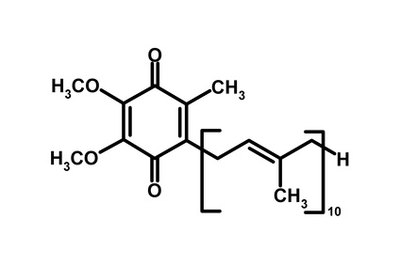Coenzyme Q10
Coenzyme Q10 (CoQ10) is an antioxidant that our body produces naturally. Our cells use CoQ10 for growth and maintenance. From a young age of 20 levels of CoQ10 in our body start to decrease gradually and that includes the amount absorbed with food. Coenzyme is produced in the liver through a complex process that requires B vitamins, folic acid, vitamin C and trace minerals. Coenzyme Q10 promotes skin regeneration and renewal. It also reduces the appearance of wrinkles and signs of aging.
Discovery of Q10

Coenzyme Q10 was first isolated from beef heart mitochondria in 1957 by Dr Frederick Crane of Wisconsin, USA. Later that year Professor Morton of England managed to extract coenzyme Q10 from vitamin A deficient rat liver and named it ubiquinone. In 1958 the American biochemist Professor Karl Folkers and his co-workers managed to determine the precise chemical structure of coenzyme Q10 and became the first people to synthesise it. In 1963 the Japanese began testing coenzyme Q10 and due to the positive results of these tests they started to study it more aggressively.
What does it do?
Vital Role of Coenzyme Q10 is in producing collagen and other proteins for youthful skin. It reduces the signs of aging by helping to maintain overall skin elasticity and integrity. By functioning as a powerful antioxidant and free radical scavenger, it can enhance our natural defense system against environmental stress. Coenzyme Q10 is needed to produce energy storage molecules, ATP. Before it can act, CoQ10 in the form of ubiquinone is first converted into the active ubiquinol. Cells with low levels of CoQ10 function less efficiently falling CoQ10 levels are linked with age-related conditions such as high blood pressure, coronary heart disease, congestive heart failure and gum disease.
